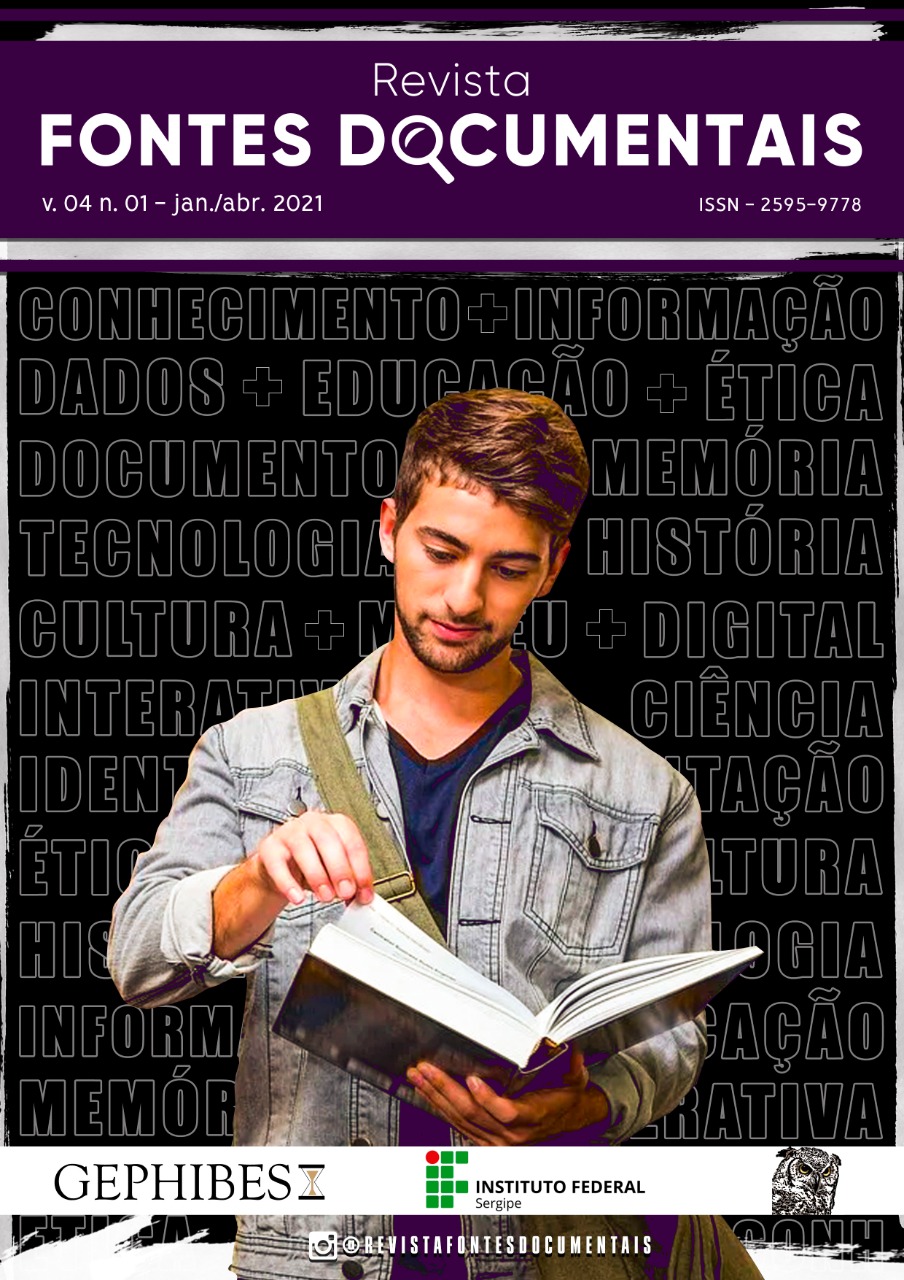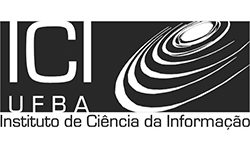Clubhouse, tribos e networking – uma nova perspectiva da cibercultura no contexto comunicacional da educação nas mídias sociais.
Keywords:
Comunicação., Cibercultura., Educação., Inovação., Aplicativo., ClubHouse.Abstract
A new communication format is gaining more and more momentum in social media. And this is in fact a phenomenon that deserves our attention, with regard to new approaches to communication and technology, in a 'multi-educational' context. In
this article we will discuss how the new ‘ClubHouse’ app has effectively and significantly punctuated the format of connecting people from different backgrounds, tribes, beliefs, cultures, religions, businesses and the like. In fact, this connection is punctuated in a very striking way, due to the fact that it is an application that promotes diversity, but people continue to
associate themselves with ideologies and customs that cause more affinities with their beliefs and values.
Downloads
References
BAKHTIN, Mikhail. Estética da Criação Verbal. São Paulo: Martins Fontes, 2003.
BROWN, Tim. Design thinking. Harvard business review, v. 86, n. 6. 2008.
BROWN, Tim; WYATT, Jocelyn. Design Thinking for Social Innovation. Stanford Social Innovation Review, Stanford, 2010.
CARROLL, Maureen et al. Destination, Imagination and the Fires Within: Design Thinking in a Middle School Classroom. International Journal of Art & Design Education, v. 29, n. 1, p. 37–53, 15 mar. 2010.
CASSIANO, Glauber; GÓES, Camila Bahia; NEVES, Barbara Coelho. As Tecnologias digitais no contexto educacional para a autonomia dos sujeitos. Revista Fontes Documentais, Aracaju, v. 2, n.3 p. 43-58, 2019. Disponível em: https://aplicacoes.ifs.edu.br/periodicos/index.php/fontesdocumentais/article/view/501/403. Acesso em: 14 abr., 2021.
FREIRE, Paulo. Pedagogia da autonomia: Saberes necessários à prática educativa. 43º ed. São Paulo: Paz e Terra, 2011.
GATES, Bill; GATES, Melinda. HCD: Human-Centered Design Toolkit. Stanford: 2009. Disponível em: http: www.ideo.com/work/human-centered-design-toolkit. Acesso em: 15 abr. 2021.
LÉVY, Pierre. A inteligência coletiva: por uma antropologia do ciberespaço. São Paulo: Folha de S. Paulo, 2015.
LÉVY, Pierre. Cibercultura. São Paulo: Paulos, 2010.
MARTIN, Roger. The design of business: why design thinking is the next competitive advantage. Boston: Harvard Bussiness Press, 2009.
NEVES, Barbara Coelho. Recursos que podem apoiar o bibliotecário no combate às Fake News nas mídias sociais. AtoZ: novas práticas em informação e conhecimento, [S.l.], v. 8, n. 2, p. 17-27, july 2019. ISSN 2237-826X. Disponível em: https://revistas.ufpr.br/atoz/article/view/68094. Acesso em: 14 apr. 2021. doi:http://dx.doi.org/10.5380/atoz.v8i2.68094.
PINHEIRO, Tennyson. Um novo “d”esign, 2010. Disponível em: http://abcdesign.com.br/noticias/um-novo-design/. Acesso em 14 abr. 2021.
SERRAT, Olivier. Design Thinking. Knowledge Solutions, 2010.
SILVA, Marco. Sala de aula interativa. Rio de Janeiro: Quartet, 2000.
STEINBECK, Reinhold. Design thinking como estrategia de creatividad en la distancia. Revista Científica de Educomunicación, v. 19, n. 37, p. 27-35. jul. 2011.
VOGEL, Craig M. Notes on the evolution of Design thinking: A work in progress. In: LOCKWOOD, Thomas (Ed.). Design thinking: Integrating innovation, customer experience, and brand value. New York: Allworth Press, 2010.
Downloads
Published
How to Cite
Issue
Section
License
Copyright (c) 2023 Revista Fontes Documentais

This work is licensed under a Creative Commons Attribution-NonCommercial 4.0 International License.
O(os) autor(es) do trabalho submetido a Revista Fontes Documentais declara(m):
- Declaro que participei suficientemente do trabalho para tornar pública minha responsabilidade pelo conteúdo.
- Declaro que o uso de qualquer marca registrada ou direito autoral dentro do manuscrito foi creditado a seu proprietário ou a permissão para usar o nome foi concedida, caso seja necessário.
- Declaro que todas as afirmações contidas no manuscrito são fatos são verdadeiras ou baseadas em pesquisa com razoável exatidão.
- Declaro que os direitos autorais referentes ao artigo agora submetido pertencerão à Revista Fontes Documentais, sendo permitido que outros possam distribuir, remixar, adaptar e criar a partir do deste trabalho, exceto para fins comerciais, desde que atribuído o devido crédito.







